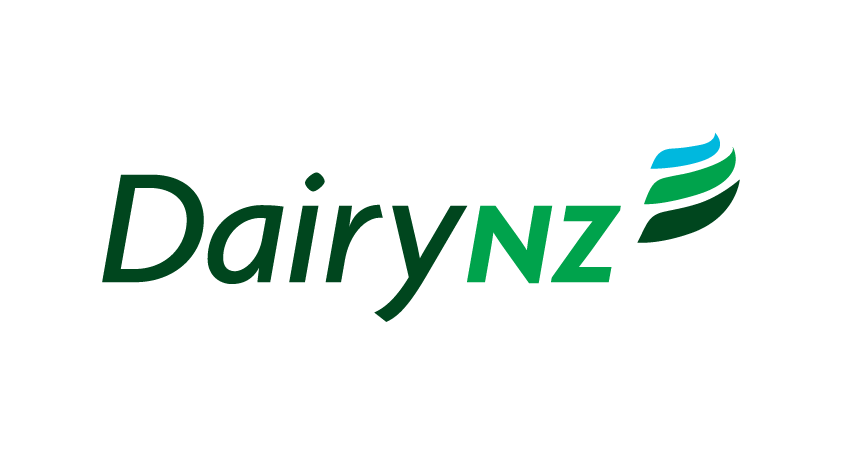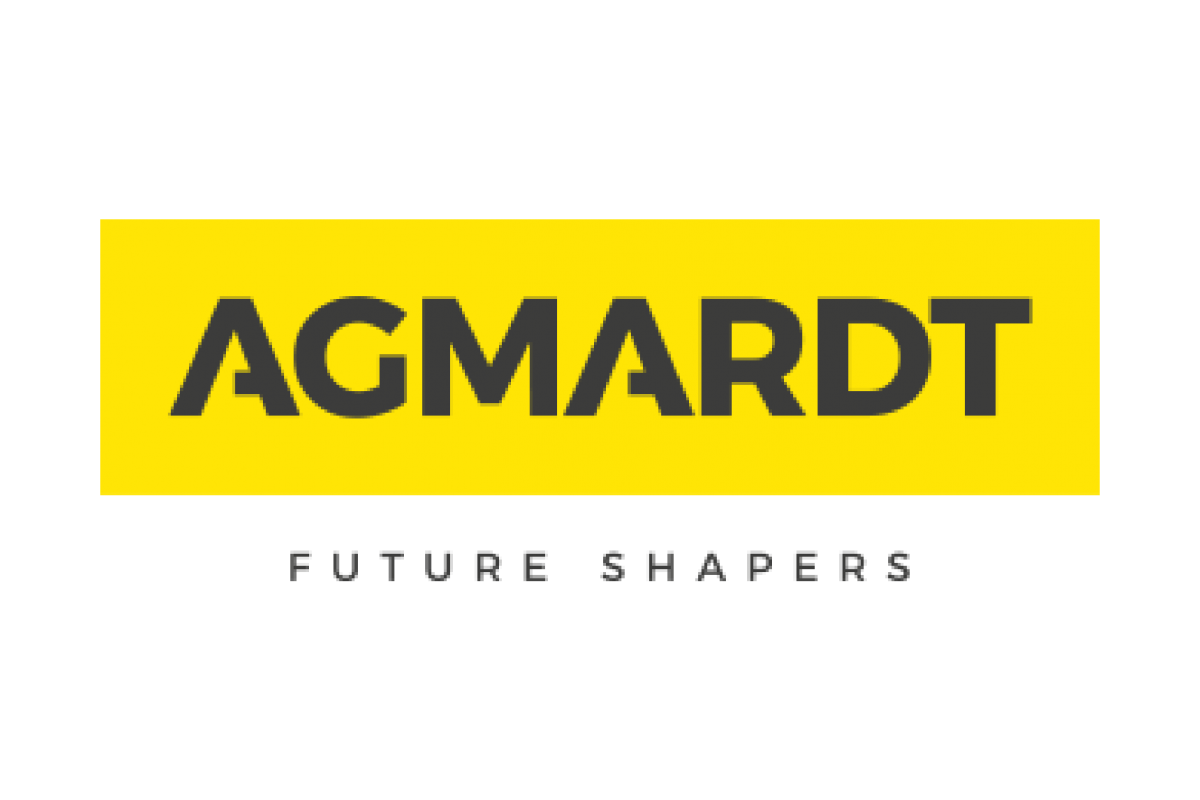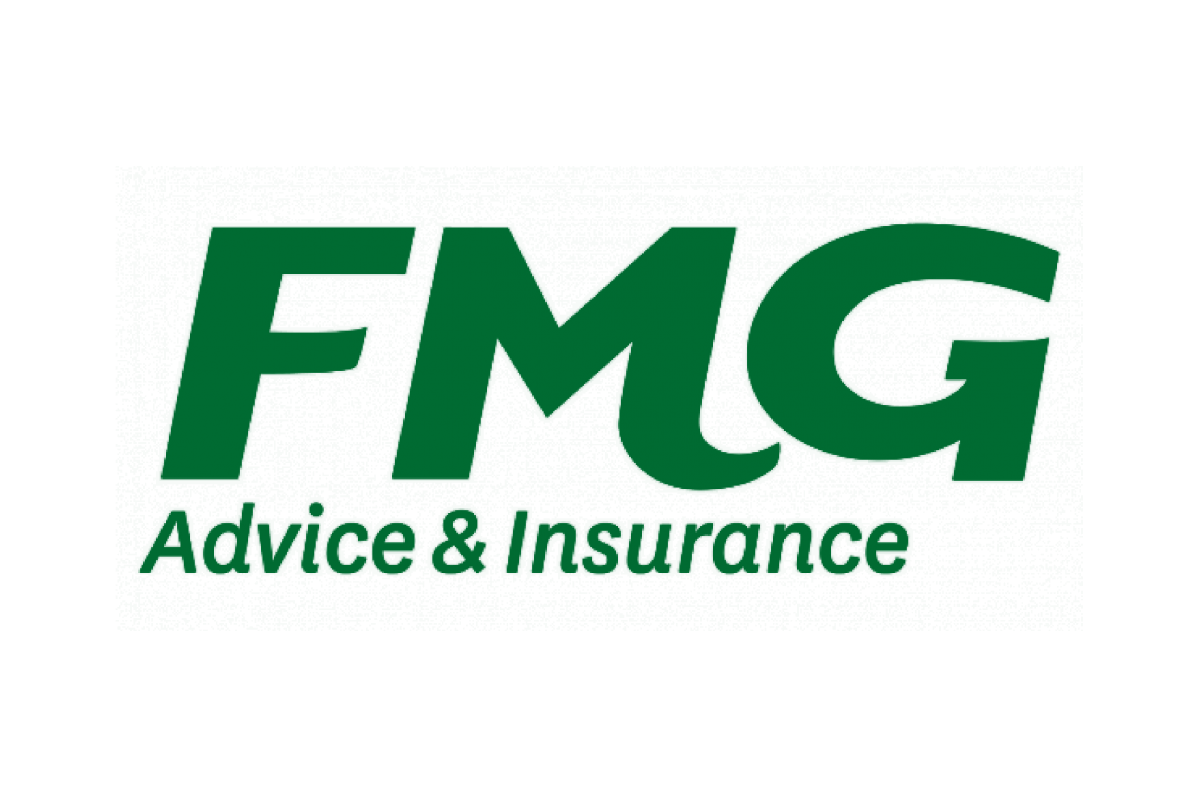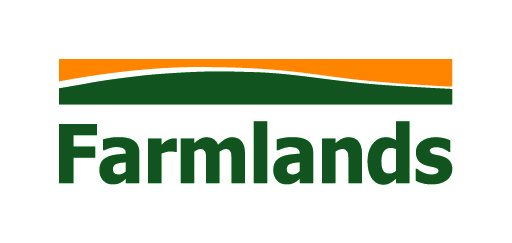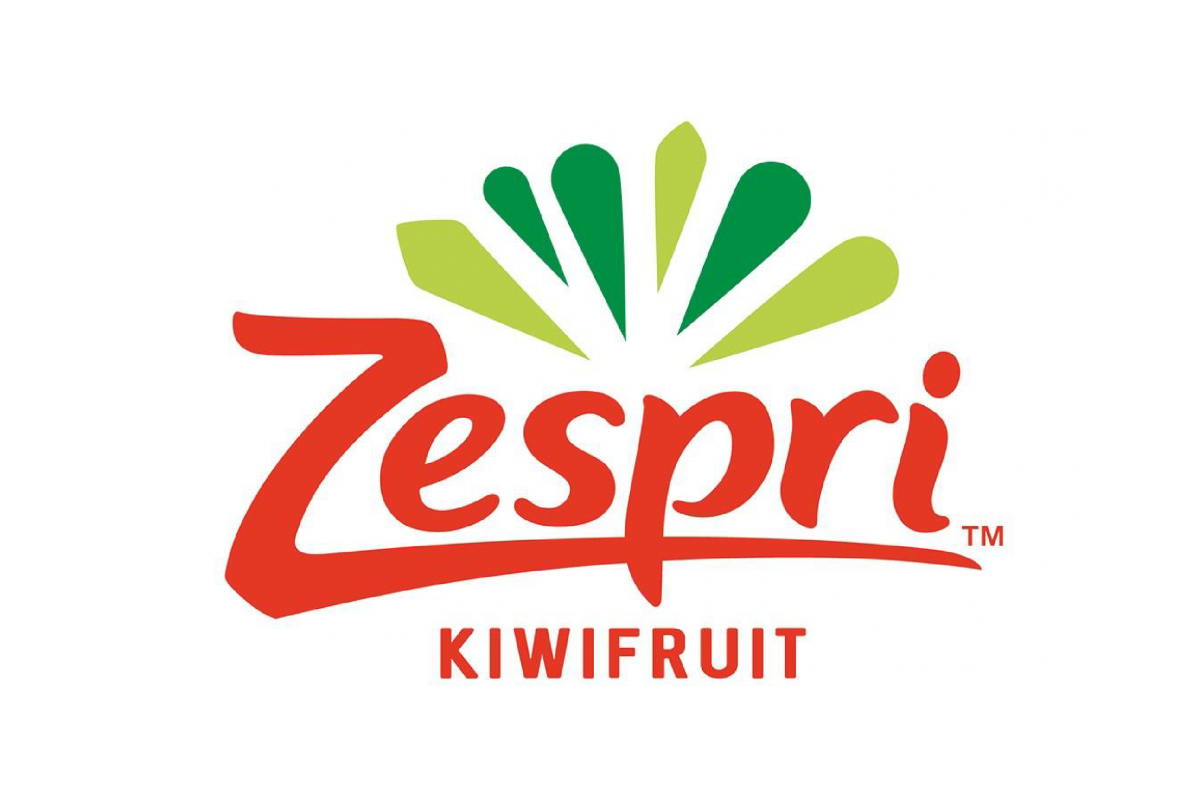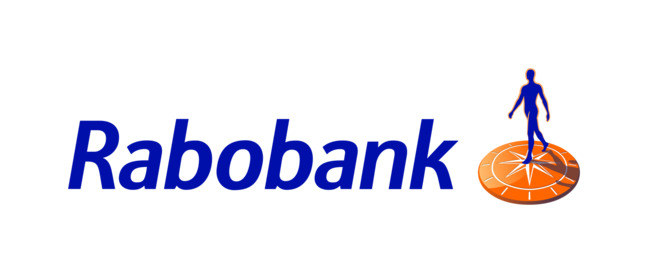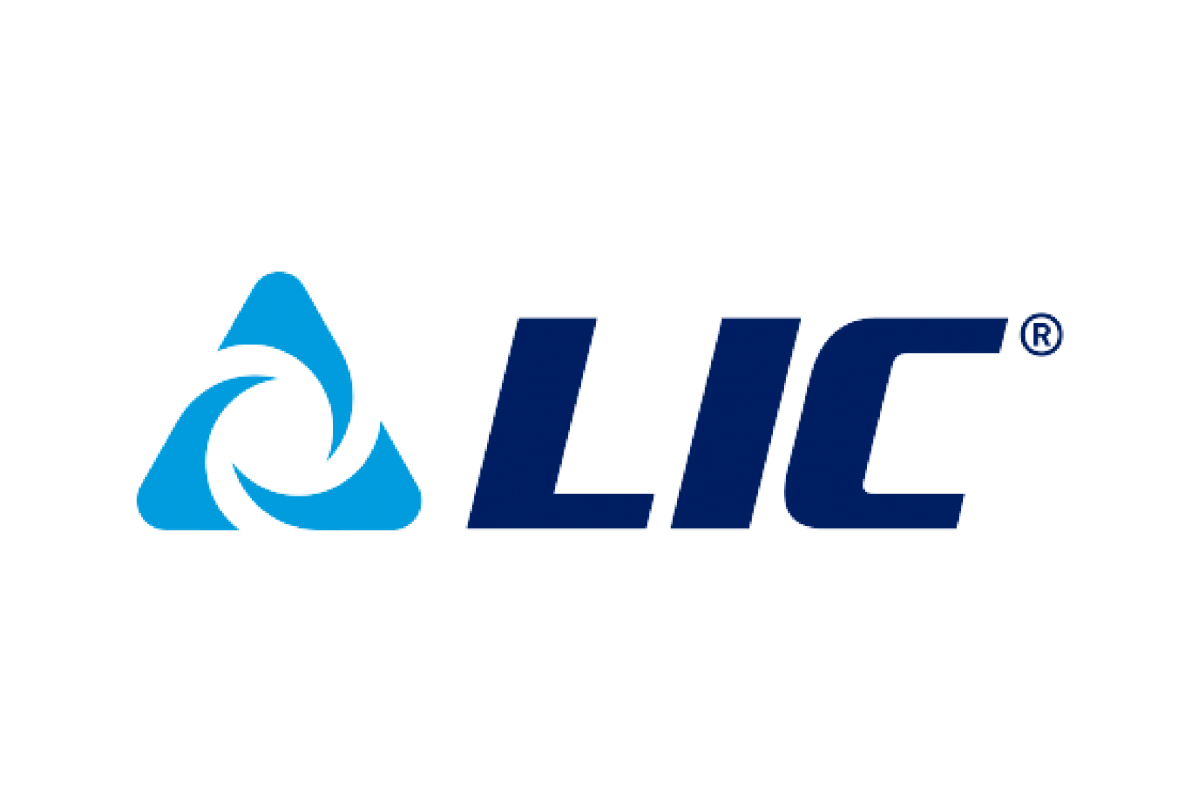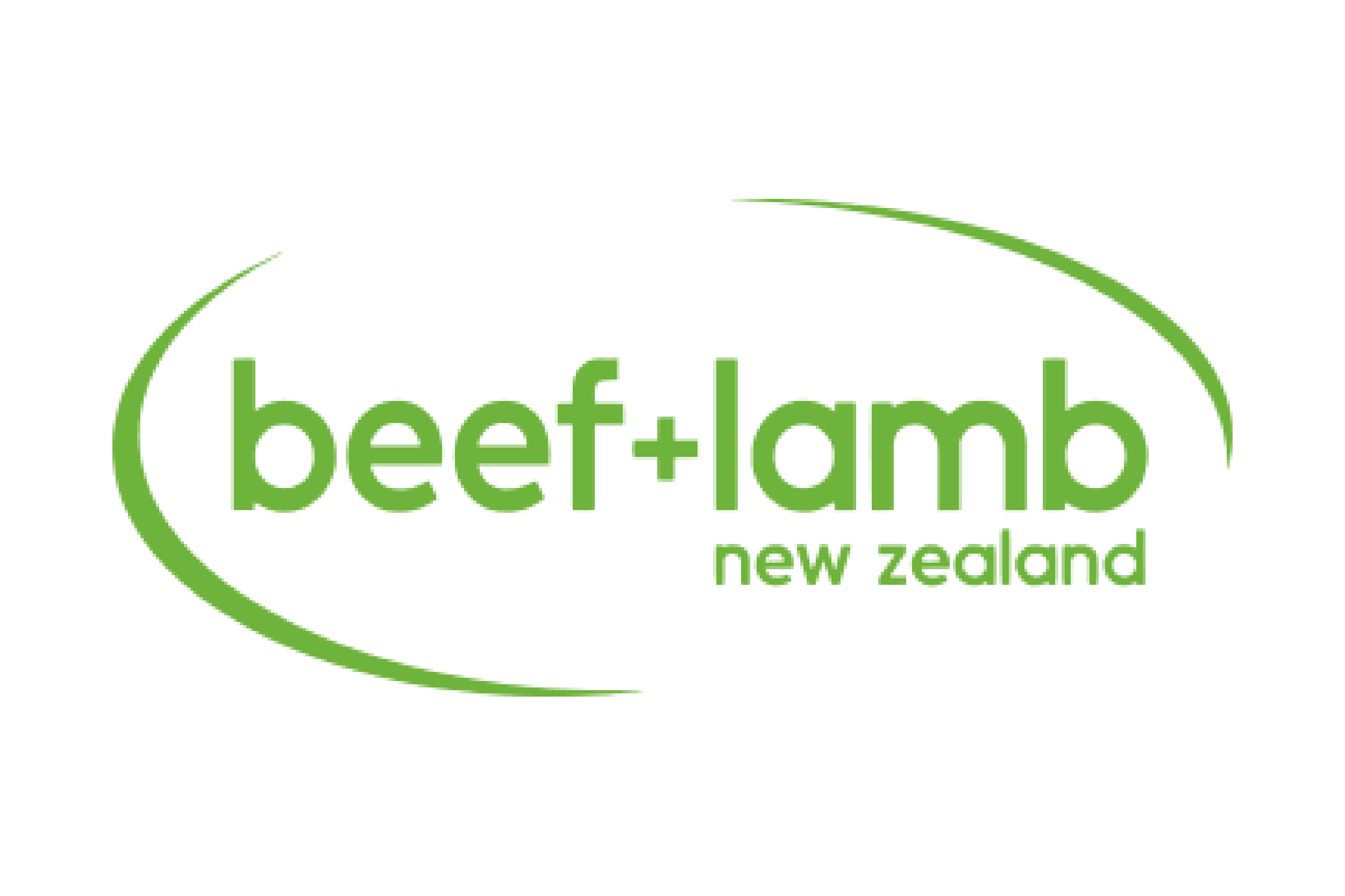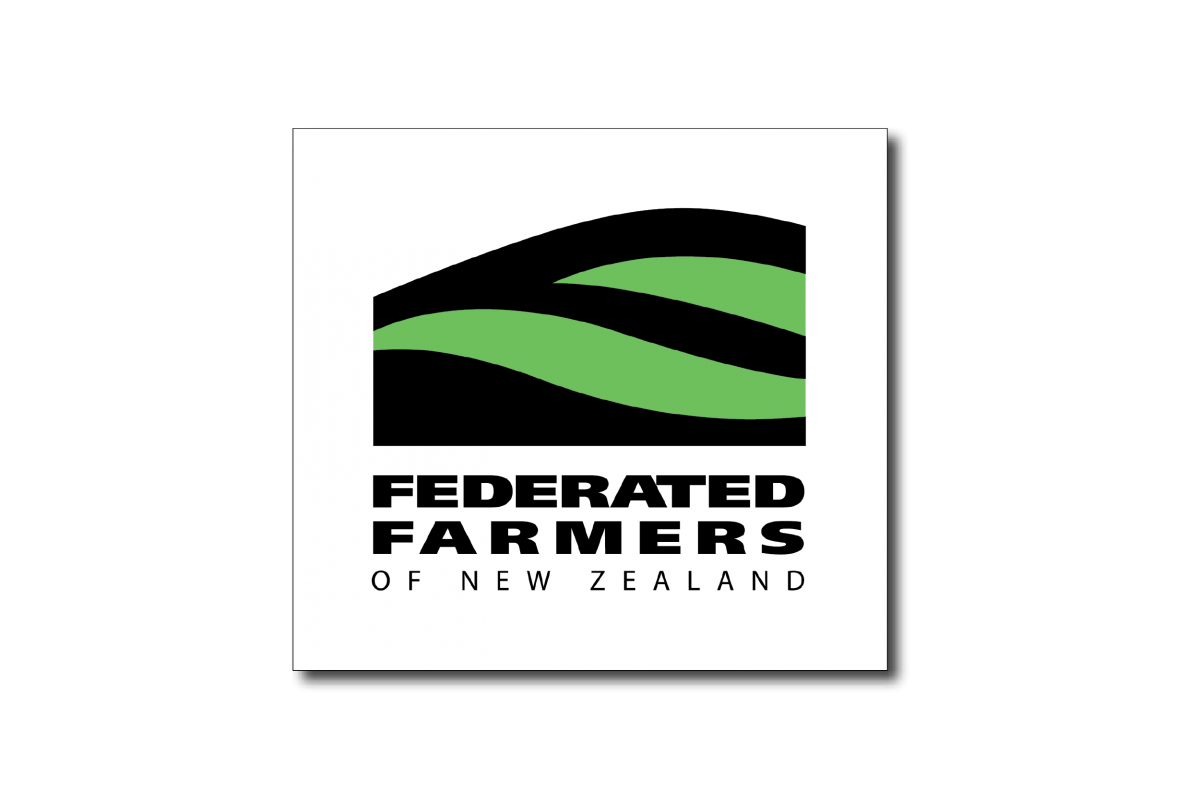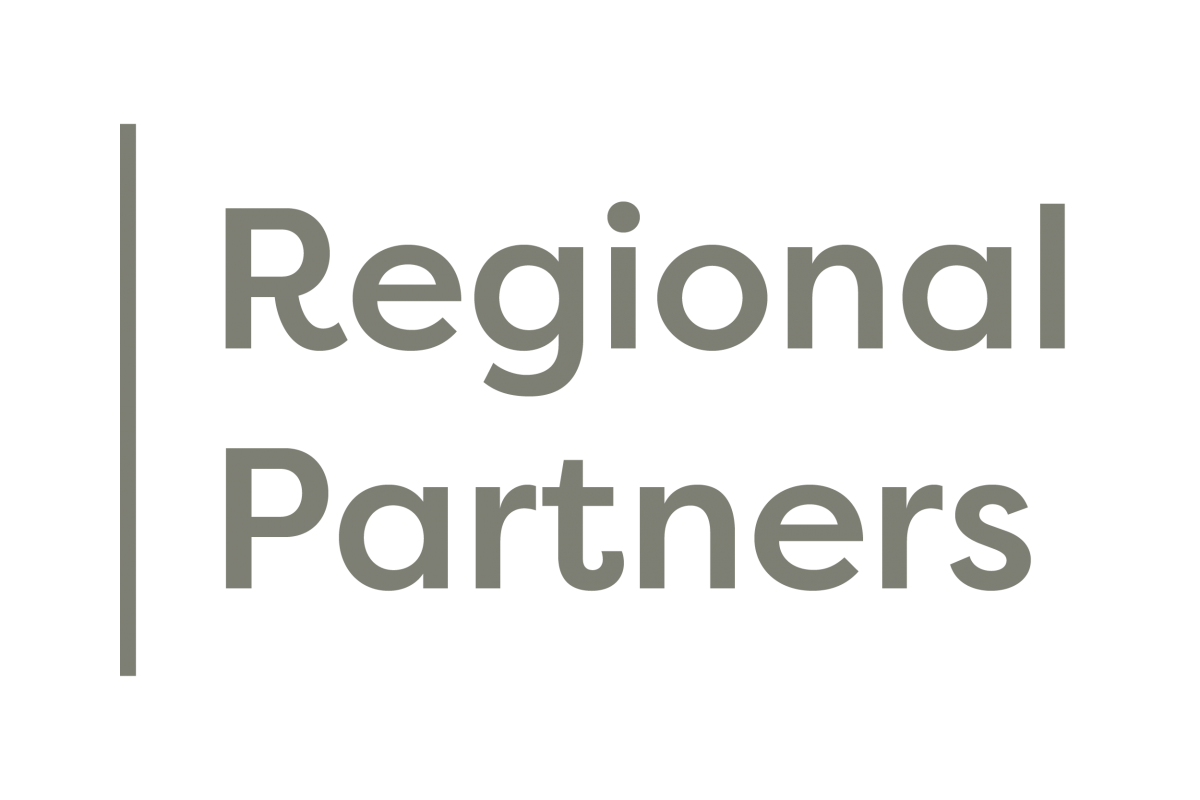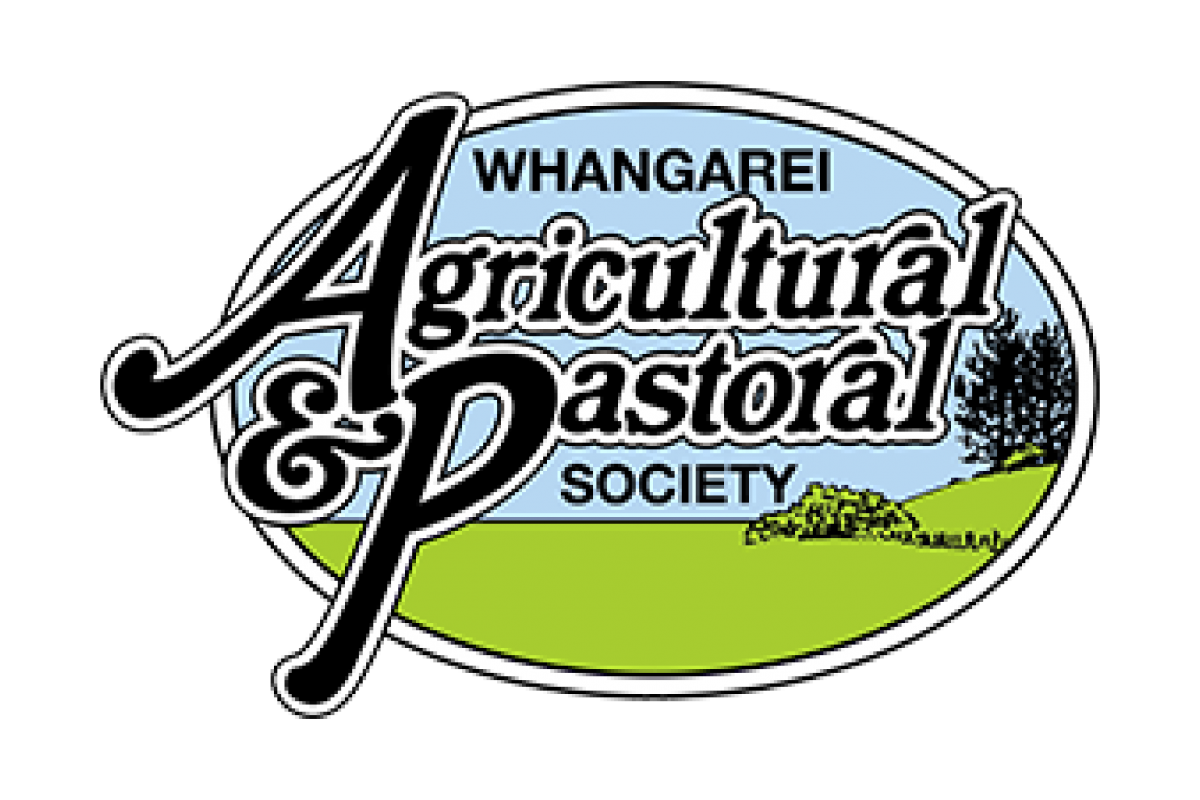Executive Summary
European agriculture is dominated by small holdings. Like New Zealand declining product prices in real terms are forcing farms to amalgamate and large units are producing an increasing percentage of the output.
Subsidies still play a major part in European agriculture but reductions will occur as subsidies are not sustainable in the long term at present levels.
Crossbreeding within the United Kingdom sheep flock is widely utilised using a 3 tiered structure which focuses on optimising meat output. A wide diversity of breeds are utilised to achieve this and little emphasis is given to wool production.
To remain international competitive New Zealand sheep farmers must produce a product that is better targeted at the market place. Utilising new technology and better genetics will help achieve this aim.
The United Kingdom sheep processing sector is dominated by small abattoirs in comparison to the pig and poultry sector which is dominated by large processors. Processors such as Lloyd Maunder, Brooks of Norwich and Bernard Matthews run large efficient operations where a huge emphasis is put on product development. Supermarket product requirements are becoming more exacting and the convenience food sector is expanding rapidly.
Large supermarkets chains dominate the food retail business in the United Kingdom with inhouse branding widely used by the big players. The large supermarket groups are spreading their influence into Eastern Europe and Asia while the food service sector (hotels, restaurants, institutions, airlines etc.) continues to grow rapidly.
Food consumption habits are changing for the following reasons
- People are more health conscientious
- Consumers want variety in their diets
- Increasingly customers want fresh food
- Demand for convenience food is expanding rapidly
- Food safety is of paramount importance
- Consumers are very aware of welfare issues
- Consumers are becoming increasingly aware of environmental issues.
The image of lamb needs repositioned with new innovative products and all sectors of the industry need to promote the benefits of eating lamb in a balanced diet.
Food traceability systems are now essential in any food chain from the primary producer through to the final customer. Farm Assurance schemes are now an integral part of the chain to ensure that food is safe and produced in an animal welfare and environmentally friendly way.
The New Zealand lamb processing sector must form close partnerships with the supermarket chains of the world. Our clean green image must be protected, enhanced and exploited as much of the world is heavily polluted.
We must protect the integrity of the country of origin brand “NZ Lamb” because like it or not that is the main brand for our lamb. However where possible new brands would help reposition lamb and lift its image.
New Zealand lamb is a minority meat in world terms. The modem sophisticated consumer seeks new eating experiences. Provided the industry can provide innovative exciting products lamb will be an integral part of these new eating experiences.
Lamb farming has a bright future in the long term.
Pasture to plate: how farms change to match rapidly changing consumer – Doug Brown

